Contents
Beans are a crop of the legume family. It is believed that Columbus brought it to Europe, like many other plants, and America is the birthplace of beans. Today, this type of legume is very popular, because in terms of the content of amino acids, vitamins and trace elements, in its composition, beans are closer to meat than other crops.
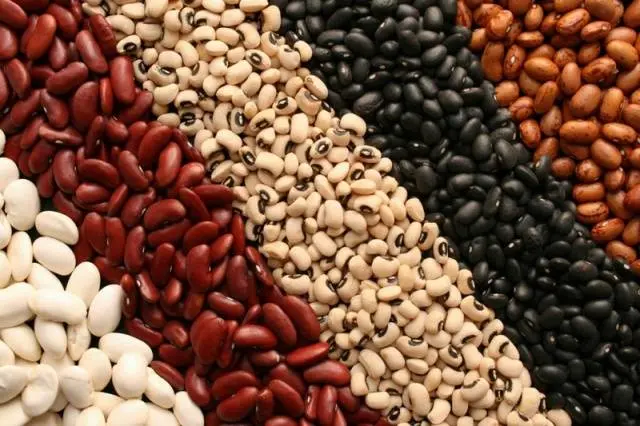
There are many varieties of beans, this culture is divided according to several criteria:
- method of eating (pods or bean seeds);
- type of plant (bush and climbing varieties);
- method of cultivation (for open ground and for greenhouses);
- taste characteristics;
- color and shape of fruits/pods.
How to choose the best varieties of beans for your site, you can learn from this article.
Types of bean bushes
According to the appearance and shape of the bush, the culture is divided into:
- cluster;
- curly;
- semi-curly.
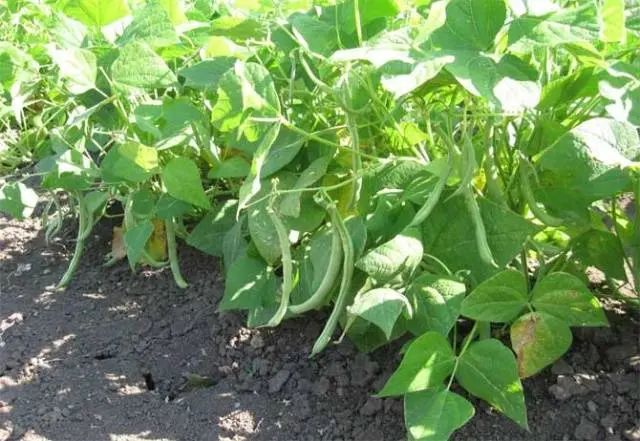
Spray Beans – a short subspecies with compact bushes, the height of which reaches 40-60 cm. It is these plants that are grown on farm fields and used for industrial purposes. Plants are unpretentious and cold-resistant, bush beans can withstand even the harsh Siberian climate. The bushes begin to bear fruit early, giving away the entire crop in unison.
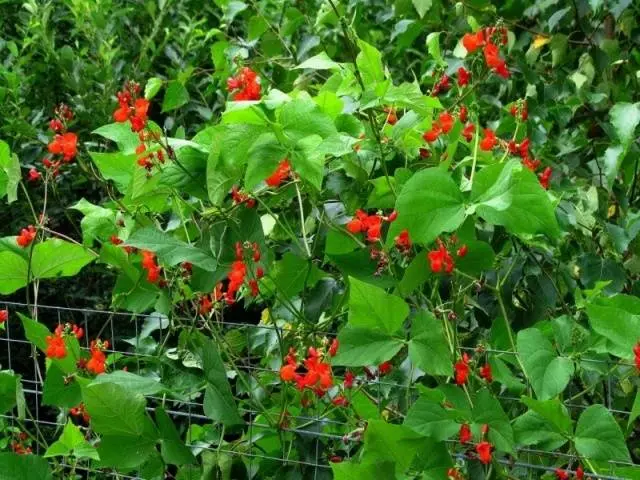
curly species are weaving vines, the length of which can reach five meters. This variety has a longer growing season, so in cold Siberia it is better not to grow such varieties of beans in the open field – the seeds simply do not have time to ripen. But climbing varieties significantly save space on the site – you can get a decent harvest from one meter of land. In addition, climbing vines become an excellent decoration for the adjoining and garden areas.
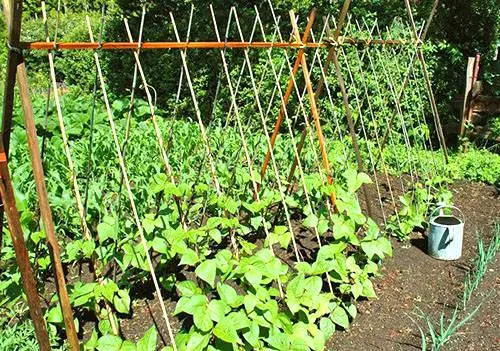
Vegetable and grain beans
Another characteristic of a legume crop depends on the form in which the plant is used for food. If only seeds are eaten – beans, this is a grain variety or shelling. When the whole pod is eaten completely, this variety is called asparagus or vegetable.
Vegetable varieties of beans also called sugar, they can be eaten whole, due to the fact that the shells of the pod are not covered with a hard wax coating either in a mature or “young” state. The whole pod with peas inside remains soft and tender. Such beans are suitable for freezing, cooking various dishes, as well as for canning.
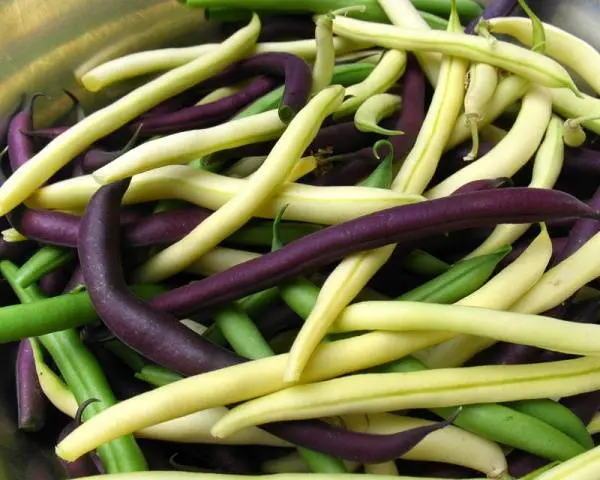
Peeling grades must be shelled to remove mature beans. The pods of such a culture are unsuitable for food – they are too hard and tasteless. But beans are distinguished by excellent taste, interesting appearance and special nutritional value.
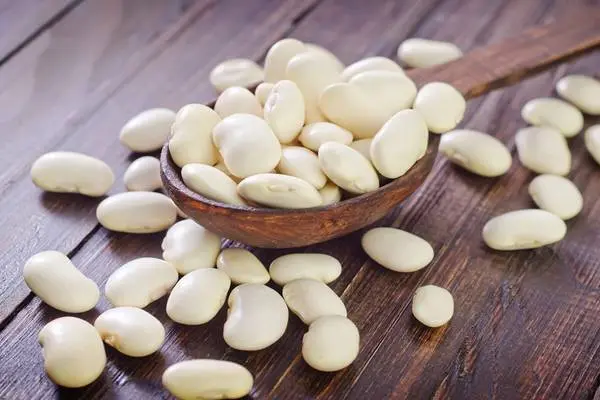
There are also semi-sugar varieties, which in an unripe form have the properties of asparagus beans, and after full ripening they can be classified as shelling. The pod of this variety is tender and juicy until the seeds inside it are ripe. However, after the beans ripen, the seed pod becomes covered with a hard waxy layer and becomes very rigid.
Varieties of beans
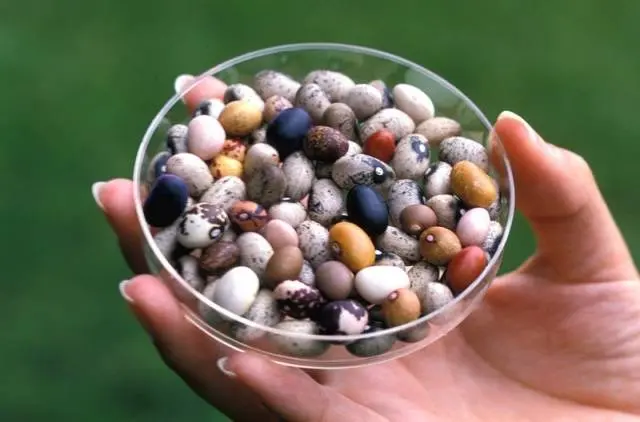
Beans are also classified according to their appearance, taste, nutritional properties. Taking into account these factors, the following groups of legumes can be distinguished:
- Navy – small-fruited white beans. The seeds of this species look like peas, they are just as small and rounded. Navi is a record holder in terms of fiber content, it also contains vitamins A, B, PP, C and K, E.
- Lima – butter beans of a white or green hue. The shape of the beans is slightly flattened, the sizes are large. The variety is very useful for blood vessels and the heart.
- Kidney – red beans, the seeds of which are shaped like a kidney. The color of these beans is red, purple.
- black beans It has a dark skin and a white inside. Peas are small, rounded. After cooking, such beans lose their shape. Black beans contain the maximum amount of protein, prevents the formation of malignant tumors.
- String beans – tolerates freezing well, retaining all useful substances and vitamins. Pods can be of different shades: green, purple, yellow, beige. These varieties contain a large amount of vitamins, but the protein in the pods is less than in the beans.
- Pinto – spotted variety, white base with reddish spots. The variegated color of the beans becomes uniform after the beans are cooked. It contains a lot of iron, therefore it is recommended for anemia and diseases of the heart, the immune system.
- Flajole – used in an unripe form. The beans are green in color and taste like green beans.
- Chali – large white beans. They contain a lot of calcium and potassium, have antimicrobial and wound-healing effects.
- Vigna more commonly called “Black Eye”. These are white beans with a black “eye” on the side. The peel of these varieties is thinner, so you will have to cook the beans less (about 40 minutes without soaking).
- Fava beans can be used both in the form of pods and in the form of mature beans. Seeds are large, slightly flattened, brownish-brown in color.

These varieties are most often used in European dishes. For Asian and Indian cuisine, there are still a lot of beans with a specific aroma and taste (from sweet to spicy, herbaceous).
Varieties of beans with descriptions and photos
On the territory of Our Country, about 50 of the currently known varieties of beans can be grown. All of them have their own characteristics and advantages, the most popular will be discussed below.
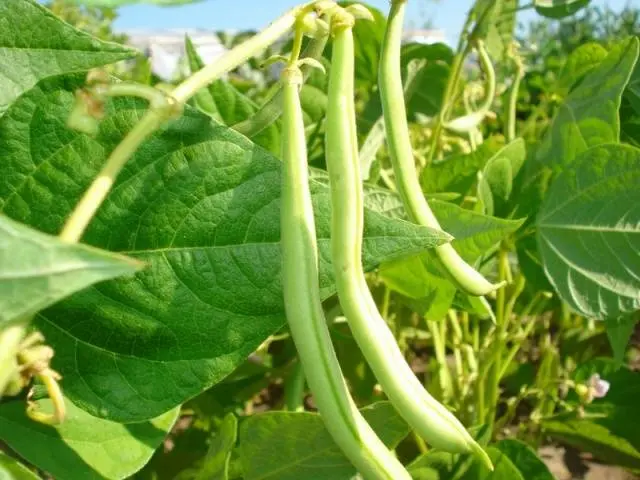
Bush asparagus varieties
Growing green beans is still a curiosity for Our Country. Here, they began to use green seed boxes with beans for food not so long ago. However, local gardeners already have their favorite asparagus varieties:
- “Saxony” considered an early ripe variety, you can eat the pods as early as 50 days after planting the seeds in the ground. The length of the pods reaches 12 cm, inside them are pink beans. Bushes grow compact, their height does not exceed 40 cm.
- “Oil King” also ripens relatively early – 50 days after planting the seeds. The pods are larger and longer – about 25 cm, painted yellow. A variety of beans is intended for canning and cooking.
- “Purple Queen” differs in average terms of maturing. It can be grown on absolutely any soil, as it is a very unpretentious plant. 15 cm pods are painted in a beautiful purple hue, the variety is intended for canning.
- “Panther” has an average maturity. It is distinguished by yellow pods, designed for cooking and canning.
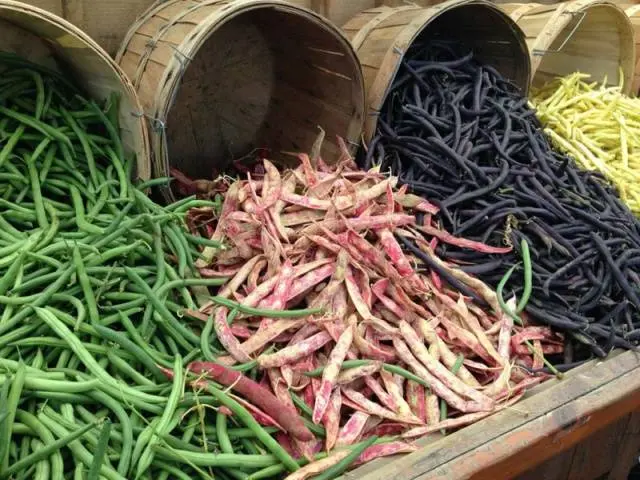
Curly sugar varieties
Long creepers shade the site well; they can be grown not only in greenhouses and garden beds. They can decorate gazebos, verandas, fences and wattle fences.
In addition to beautiful large leaves and bright pods, beans are also distinguished by decorative flowering of white, pink, lilac and other shades.
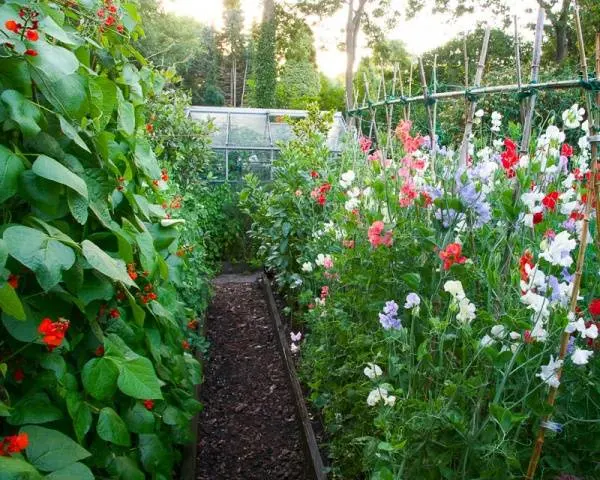
Of the climbing legume varieties suitable for the climate, the following can be noted:
- “Melody” is a legume with early ripening (50-60 days after planting seeds in the ground). The length of the pods is average – about 13-15 cm.
- “Golden Nectar” strikes with amazing bright yellow pods, the length of which often exceeds 25 cm. The beans are mid-season, the beans ripen by the 70th day after sowing the seeds.
- “Winner” is one of the most decorative, but at the same time suitable for eating, variety of beans. During the flowering period, the bushes are decorated with bright red flowers, and the legume bears fruit in long green pods, slightly flattened. The ripening period of beans is about three months.
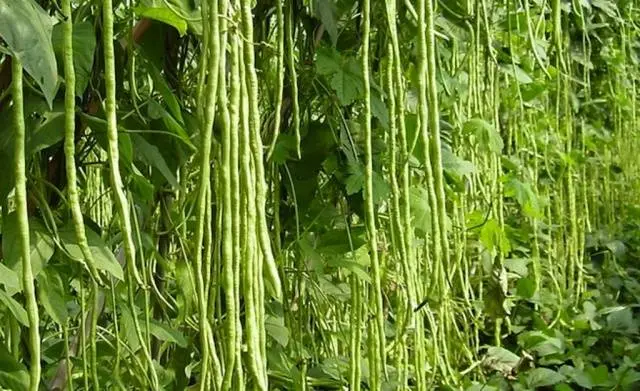
Semi-sugar varieties of beans
These beans can be eaten in the pod or shelled. The main thing is not to waste time and harvest before it is overripe. Of these varieties can be called:
- “Give me a sec”, which early bears fruit with yellow pods. Their length does not exceed 12 cm.
- “Rant” produces green pods, about 13 cm long. These beans are great for canning and cooking.
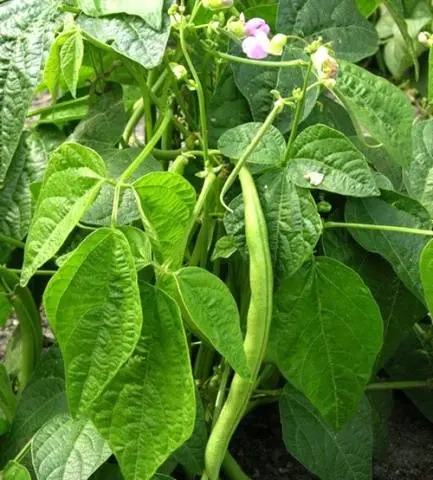
Peeling grades
These beans cannot be eaten in their pods, they are only tasty when ripe. Unlike asparagus varieties, peeling fruits are perfectly stored without pre-treatment. These beans accumulate the maximum amount of useful minerals and vitamins.
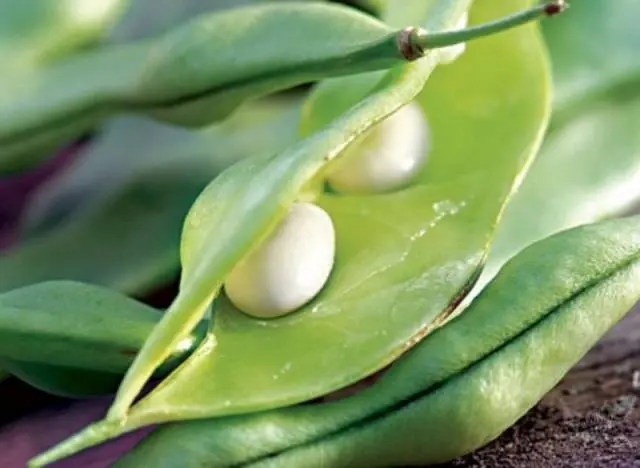
Of the best varieties can be called:
- Gribovskaya beans ripen within three months, have medium pods (about 15 cm) and white beans.
- The Chocolate Girl strikes brown beans. This variety is very resistant to heat, so it is recommended to grow this crop in the south of the country.
- “Swallow” is a snow-white beans, decorated with purple spots, the shape of which resembles a swallow.
- “Ruby” produces colored beans dyed dark cherry. Such fruits will decorate any dish.
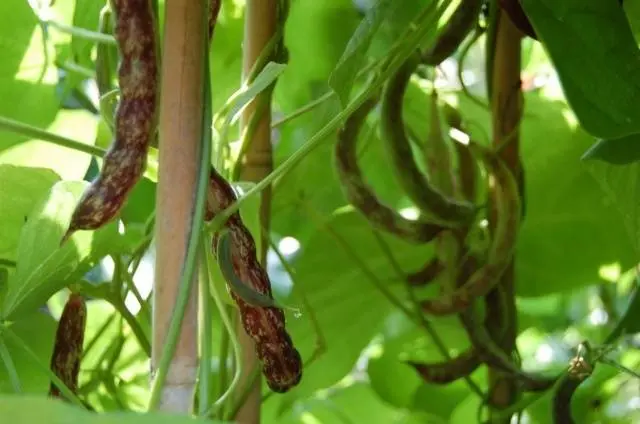
How to cook beans
Beans are quite difficult to cook properly, and all because the beans have a very dense skin.
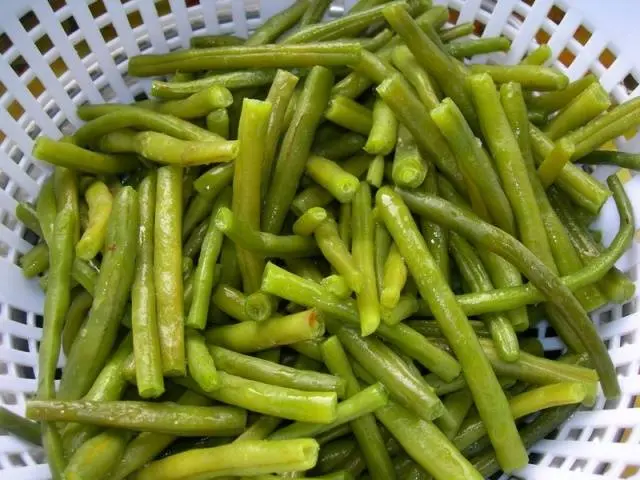
If it is enough to boil the leguminous varieties for just a few minutes, then the shelled beans require more complex and lengthy processing:
- First, the fruits must be soaked in cold water. Do this for about 6-12 hours (depending on the variety).
- The water after soaking is drained and replaced with fresh water.
- In this water, the beans are boiled until tender, about 1,5-2 hours.
- No need to stir the beans while they are cooking.
- To prevent the beans from darkening during cooking, the dishes with them do not need to be covered with a lid.
- Salting the beans is necessary at the end of cooking.
The cultivation of legumes is accompanied by the release of nitrogen into the soil. Therefore, the culture does not make the soil “poor”, like most other vegetables, but, on the contrary, enriches it with nitrogen and other useful substances.
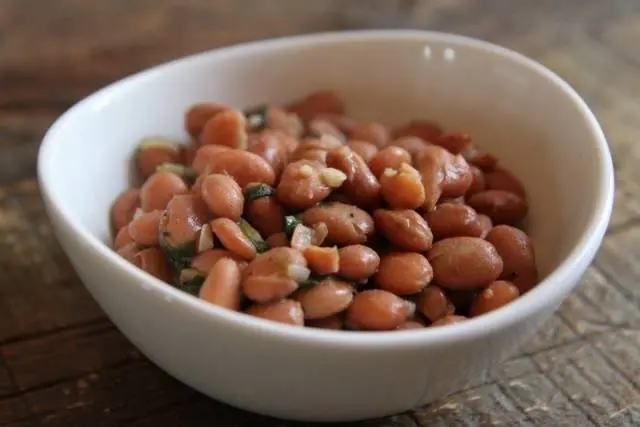
Growing beans in your own garden is not difficult at all – this is an extremely unpretentious culture. It is much more difficult to properly cook harvested beans. It is especially important to cook the beans until fully cooked, because in their raw form they are not only not useful, but also poisonous. And in choosing a variety, photos and recommendations from our article will help.









